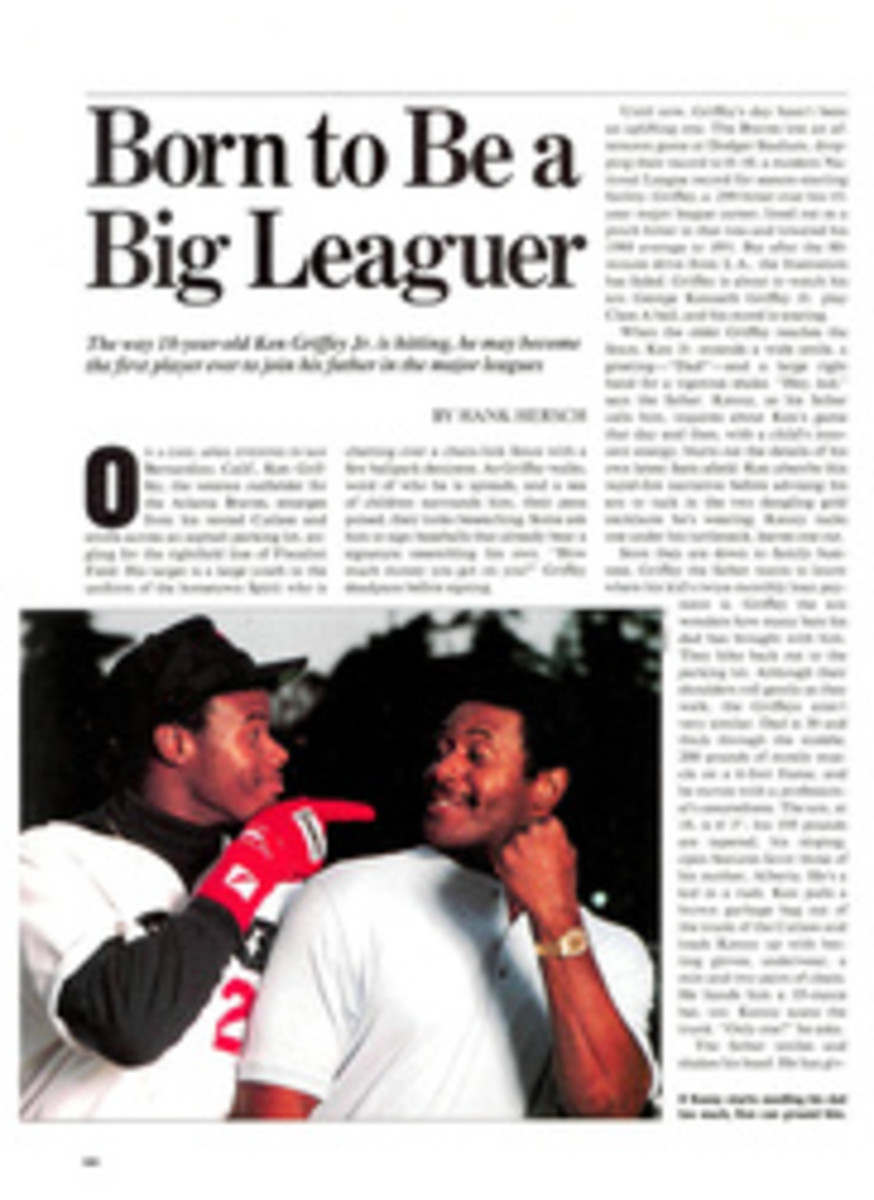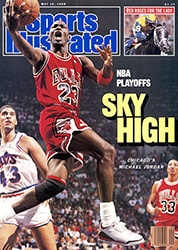
SURVIVAL OF THE FITTEST
It was morning, early morning, and rock music was blaring from the oversized speakers in the Grand Ballroom of the Nashville Hyatt. Seventy spandex-clad bodies were moving to the beat—jumping, stretching, writhing.
The scene could have been a basketball halftime show or tryouts for a segment of Dance Fever; actually, it was the latest case of entertainment-turned-sport. Nashville was host to the fourth annual National Aerobic Championship, the last leg of a six-month-long search to find America's fittest aerobic athletes.
The creator of the championship, Howard Schwartz, is a smooth-talking 39-year-old promoter who previously organized tennis tournaments but now devotes most of his time to aerobics. The event drew nearly 2,500 participants, 18 and older, to 10 regional meets last summer in shopping malls across the country. Each of the 70 finalists received an expenses-paid trip to Nashville to compete for national titles in four categories: individual female and male, mixed pair and team (three people of either gender). The seven winners would get exercise bicycles and one-year contracts to demonstrate and teach aerobics around the world.
So, on a weekend last December, the finalists in the Hyatt ballroom went into high gear. Many had spent more than 20 hours a week attending weightlifting, body-sculpting, dancing and aerobics classes. They had spent additional hours rehearsing the synchronization and presentation of their programs.
In the end, all this training would be reduced to, and be judged on, a 1-minute, 45-second routine, choreographed to music. Each routine had to include four basic moves (four each of consecutive high leg kicks, jumping jacks, sit-ups and push-ups); the rest of the program was left up to the individual, pair or team. The six judges would base 60% of a competitor's score on strength, flexibility, form and safety, exercise selection and transitions. The remaining 40% would be determined by originality, showmanship, musical selection and appearance.
The latest competition was particularly tough. The contestants included a former ballerina, an ex-gymnast, many bodybuilders and a handful of physical education and aerobic instructors. Most wore T-shirts and baseball jackets proclaiming their health club affiliations—GOOD BODIES, BODY ROCK, THE FIRM were some of the more colorful names. The logos didn't lie.
For example, take Rosie Castaneda, 27, of Sacramento, a physical education instructor and former gymnast. While her size—4'11" and 100 pounds—may have been deceiving, her well-defined physique was not. Castaneda executed perfect push-ups—buttocks flat, no locked arms, body lowered to within four inches of the floor. Her push-ups were not wimpy efforts but the kind a Rambo might do, using only one arm and one leg. Her display of strength won her "oohs" and "aahs," as well as the women's first-place medal.
Other competitors performed push-ups at least as difficult. There were spread-arm push-ups, fingertip push-ups, and even push-ups on top of push-ups, in which one person did push-ups with his hands on the ankles of the person in front of him—who was also doing push-ups.
"This time there are many more strength and bodybuilding moves, and less dance and acrobatics," said head judge Kathie Davis after the preliminary round. "The judges are looking for strength, balance and agility, components of any sport."
Said Schwartz: "In the past, the competitors placed too much emphasis on the performance side. They would develop a theme with music and costumes to match. But we have moved away from that."
The shift away from dance and toward athletics may explain the growing male participation in competitive aerobics—up 50% from 1984, when the nationals began. In 1987, for the first time, the contest for best individual performance was divided into separate male and female categories. Moreover, of the 70 finalists, 30 were men—up from 15 men (and 35 women) four years ago. Indeed, it might be difficult to imagine a former Eastern Illinois University defensive back performing high leg kicks and jumping jacks to the Jacksons' All Night Dancin'. But don't say that to Kim Wells, of San Mateo, Calif. Wells, 31, started aerobics in 1983, when he had hopes of a career in pro football. "I was looking for a way to stay in shape before trying out for the USFL," he says. Wells pulled a hamstring at the tryouts and sidelined his football plans. But he continued his aerobics training, and today he can do splits and high leg kicks as well as bench-press 285 pounds. His all-around fitness earned him the men's title at Nashville. "It was a dream come true," he said. Wells may soon have to set new goals. Schwartz, ever the promoter, plans to stage the first World Cup of aerobics with international competition within two years. Beyond that, he has visions of Olympic competition.
Schwartz carefully packaged December's championship for television. (The finals, which were taped in Nashville, started airing last month on more than 100 television stations around the country.) To give the show more of a "sports look," Schwartz hired high jumper Dwight Stones, the '72 Olympic bronze medalist, and fitness expert Charlene Prickett as commentators to provide critiques of the competitors. "It's not just a television show that we are producing," says Schwartz. "It's a sporting event."
Whether the sports world is ready for competitive aerobics is another matter. When Stones was asked if he would ever participate in aerobics, he replied: "No, it's not going to help me to jump higher." No doubt, Schwartz and his high-energy entourage would differ.
PHOTO
COURTESY CRYSTAL LIGHT
Castaneda's Rambo-like push-ups helped lift her into first place among the women.
PHOTO
COURTESY CRYSTAL LIGHT
The mixed pairs crown went to the dynamic duo of Andre Houlè and Debra Khazei.

